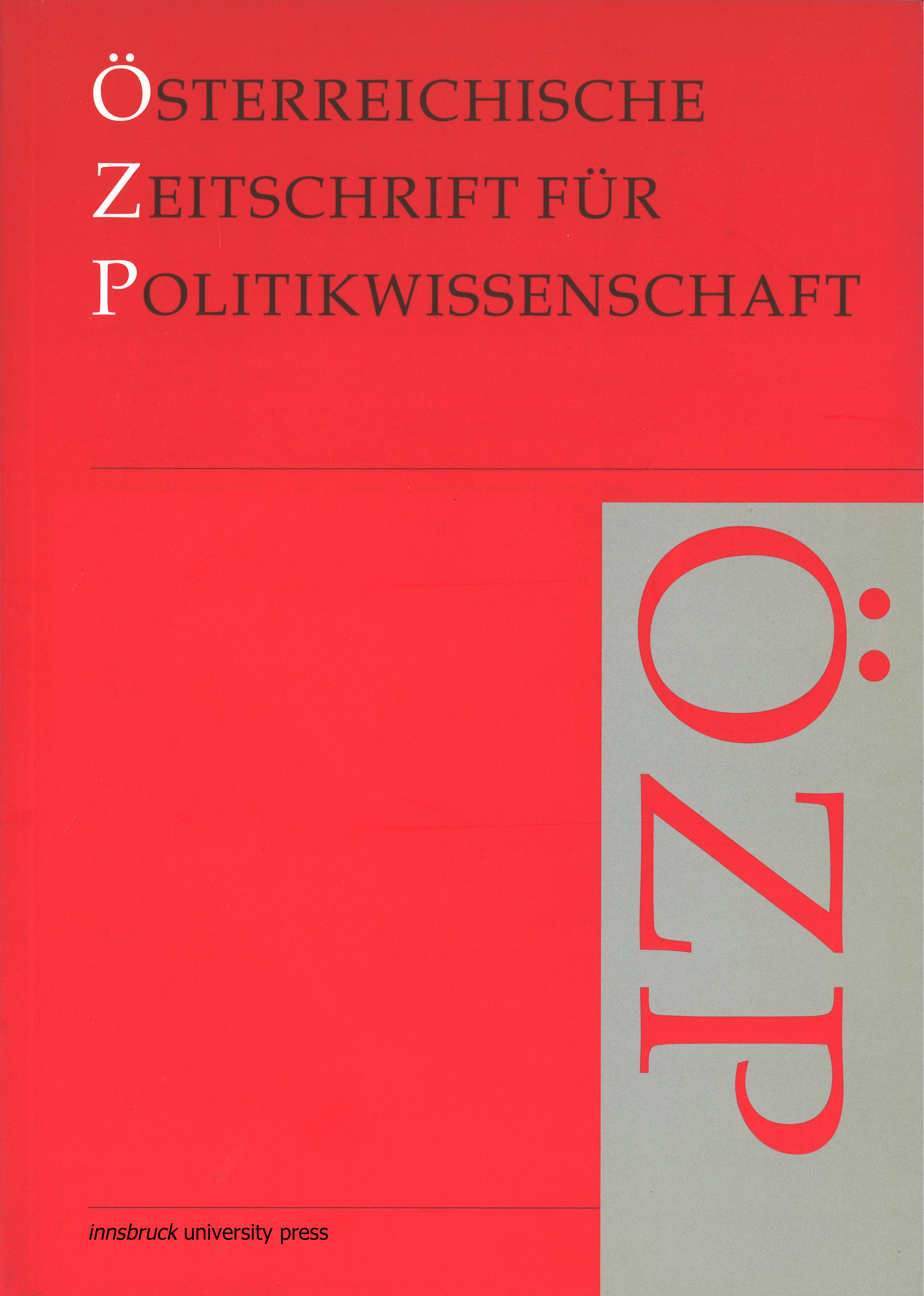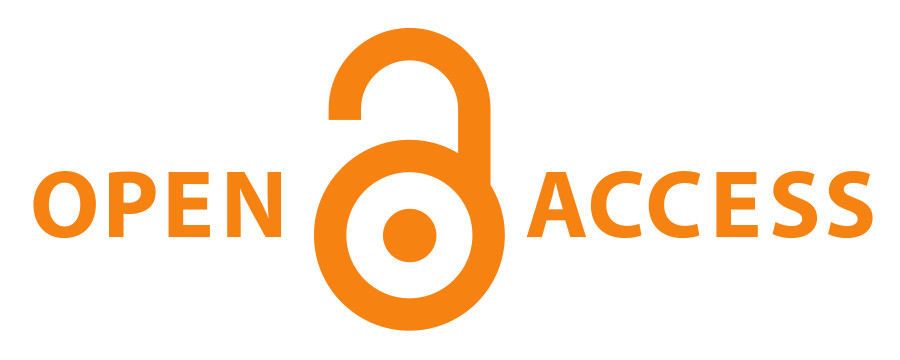Vierzig Jahre globaler Ressourcenverbrauch: Ein Überblick aktueller Debatten
DOI:
https://doi.org/10.15203/ozp.116.vol43iss1Keywords:
Ressourcenverbrauch, Grenzen des Wachstums, Transformation, peak oil, KollapsAbstract
40 years ago, the well known “Limits to Growth: A report to the Club of Rome” has been published. The following article provides an overview on various aspects of global resource use since 1972. Changes in the global division of labour, and a more difficult resource extraction are current developments that will exert more pressure on sources and sinks of global social metabolism, leading to higher resource prices and slowing down economic growth. Results of the original models indicate, that the standard run scenario shows most similarities with real world developments since 1972. This scenario leads to a breakdown of the industrial system, and a subsequent collapse of the global population in the middle of the 21st century. This overview shows that previous efforts of a re-routing of global resource use towards sustainability were hardly successful, and therefore asks for more appropriate political measures.Downloads
Published
Issue
Section
License
The OZP is the authorized quarterly publication of the Österreichische Gesellschaft für Politikwissenschaft (ÖGPW, Austrian Political Science Association)
The author of an article (in case of multiple authors: the corresponding author, responsible for releasing this material on behalf of any and all co-authors) accepted to be published in the OZP hereby acknowledges the following Copyright Notice:
- The author retains the copyright to the article.
- It is the responsibility of the author, not of the OZP, to obtain permission to use any previously published and/or copyrighted material.
- Publication of a submitted text is dependent on positive results from the peer reviewing. In such a case, the OZP editors have the right to publish the text.
- In case of publication, the article will be assigned a DOI (digital object identifier) number.
- The author agrees to abide by an open access Creative Commons Attribution (CC BY nc) license. The license permits any user to download, print out, extract, reuse, archive, and distribute the article in any non-commercial way, so long as appropriate credit is given to the author and source of the work.
- The license ensures that the author’s article will be available as widely as possible and that the article can be included in any scientific archive. In order to facilitate distribution, the author agrees that the article, once published, will be submitted to various abstracting, indexing and archiving services as selected by the OZP.
- In addition, the author is encouraged to self-archive the article, once published, with reference to the place of the first publication.
- After the contribution appears in the OZP, it is still possible to publish it elsewhere with reference to the place of the first publication.
- The finished article, if published, will include a correspondence address (both postal and email) of the author.
- If written under the auspices of a grant from one or more funding agencies, such as FWF (Austrian Science Fund), ERC (European Research Council), and Horizon 2020 (EU Framework Programme), an article accepted for publication has to be deposited in an Open Access archive. The OZP’s archiving policy is compliant with these provisions. (In case the article derives on funding from a different source, the author is responsible to check compliance of provisions.)




